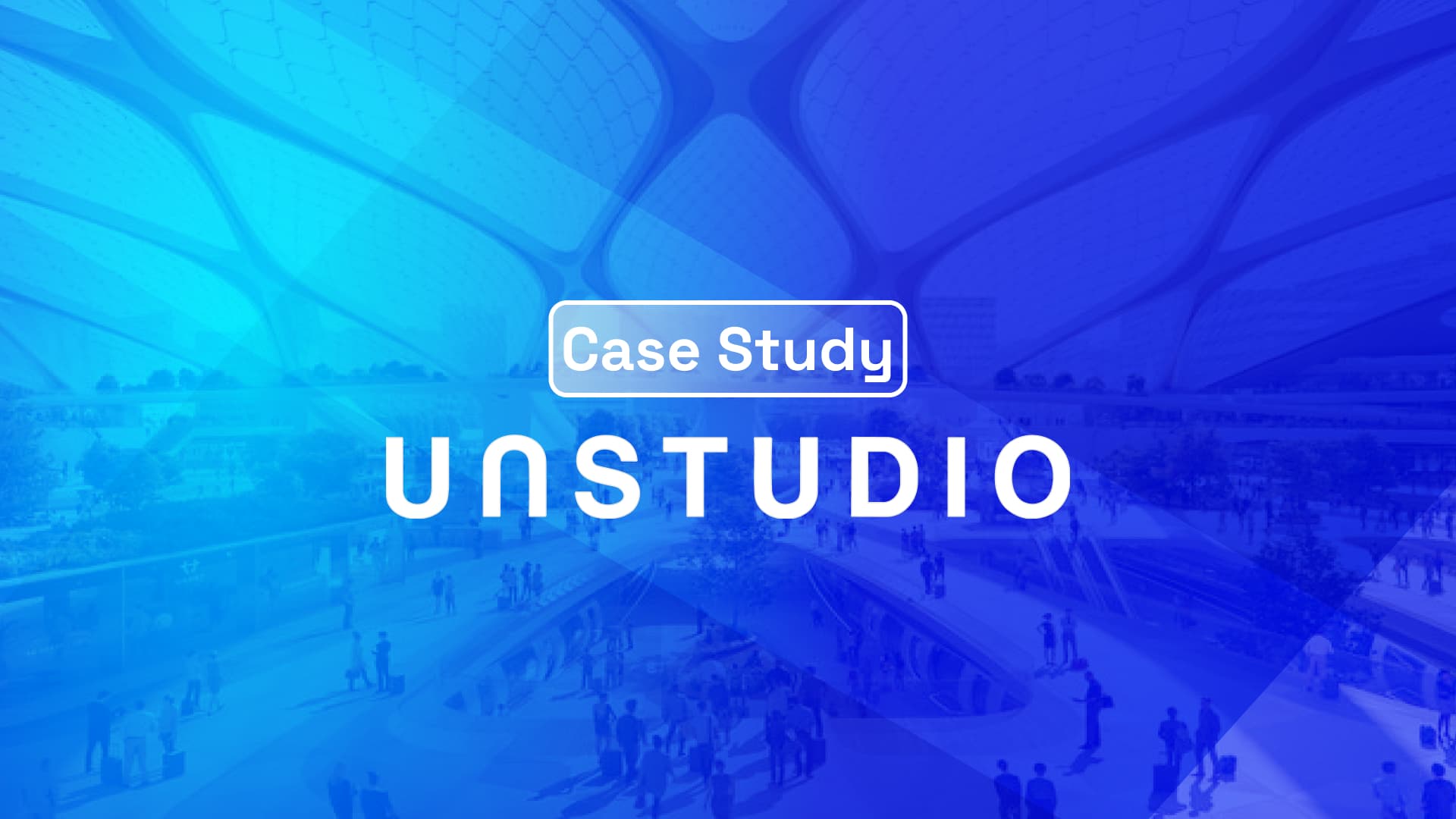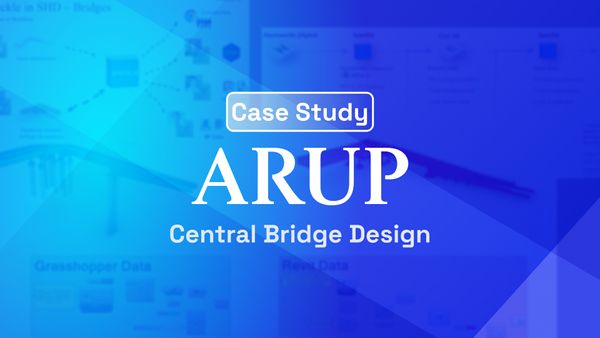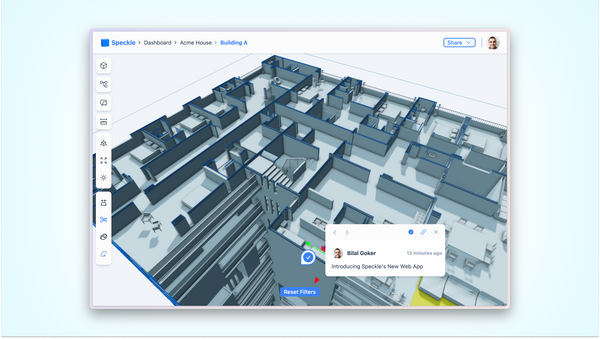"We focus on how to make your life easier, so you can go home earlier and spend time doing what actually matters, not setting up interop pipelines," says Cristóbal.
Design-Driven Thinking
UNStudio.Tools focus on building accessible tools for every kind of designer: by doing so, everyone has access to relevant information. By needing to know Rhino, Grasshopper or Python, not all designers have time to learn all these different tools. This is why UNStudio focus on enabling Computational Designers (using advanced tools like Grasshopper) and non Computational Designers (focusing more on design and modeling) to access the information they need to get their jobs done effectively. The aim is to provide them with tools that are easy to use so that they can focus on what’s important.
“We don’t want designers to have to think about using it. We’re here to make this process easier for every designer,” says Cristóbal.
Product Oriented and User Driven Design
UNStudio.Tools aspires to empower users in their journey of self-improvement, providing a suite of solutions designed to facilitate personal growth. The team encountered a significant obstacle in the form of disorganised scripts, particularly when handling large-scale projects. In response, they devised a collection of modular tools seamlessly integrated with Grasshopper and Revit, offering the capability to effortlessly transfer data across various platforms.

By implementing Speckle and combining it with UNStudio’s workflow, the team aimed to make things easier for designers. To illustrate this, their stream selector component allowed users to get URLs without the need to actually know the URL. This project helped UNStudio gather learning outcomes such as “do more with less click,” or “the less clicks the more better,” as Cristóbal puts it in his presentation.
UNStudio.Tools pivoted on this by focusing on the last mile, eliminating the drop downs and having components updating at the other side of the script. They ended up with components with all branches and streams in one place, so that users would simply need to update something locally to get their changes globally.

“A One-Click suite of tools that enables everyone to move data from anywhere to everywhere,” says Cristóbal*.*
Creating step by step documentation and template components, helped the different teams update their community on the foundation of how to use them and apply them in their projects. This is important for non-technical oriented architects who customise these templates according to their needs.
UNStudio.Tools used Speckle to enable better communication and collaboration between different disciplines and tools, using these templates and workflows. Watch how the team did this, from Revit to Rhino:
With teams working in Revit, and others in Grasshopper, this Speckle-enabled process makes it easier to collaborate between different disciplines.
Results and Achievements
The team successfully achieved an 84% time* save compared to normal re-modeling (values taken from UNStudio.Tools’ Internal user surveys):

Asynchronous movement from one application to another is useful for easier collaboration. UNStudio have been using Speckle’s framework in 5 projects, dealing with almost half a million square meters of designs.

Conclusion
UNStudio are excited to grow this project to save more time across different disciplines and enable designers, architects, and computational designers to work better together.
You can learn from more AEC leaders around the globe including bSDD, Aurecon, AtkinsRéalis, and Perkins Eastman who are also leveraging Speckle to achieve better results.
You can also subscribe to our newsletter for more content like this:



